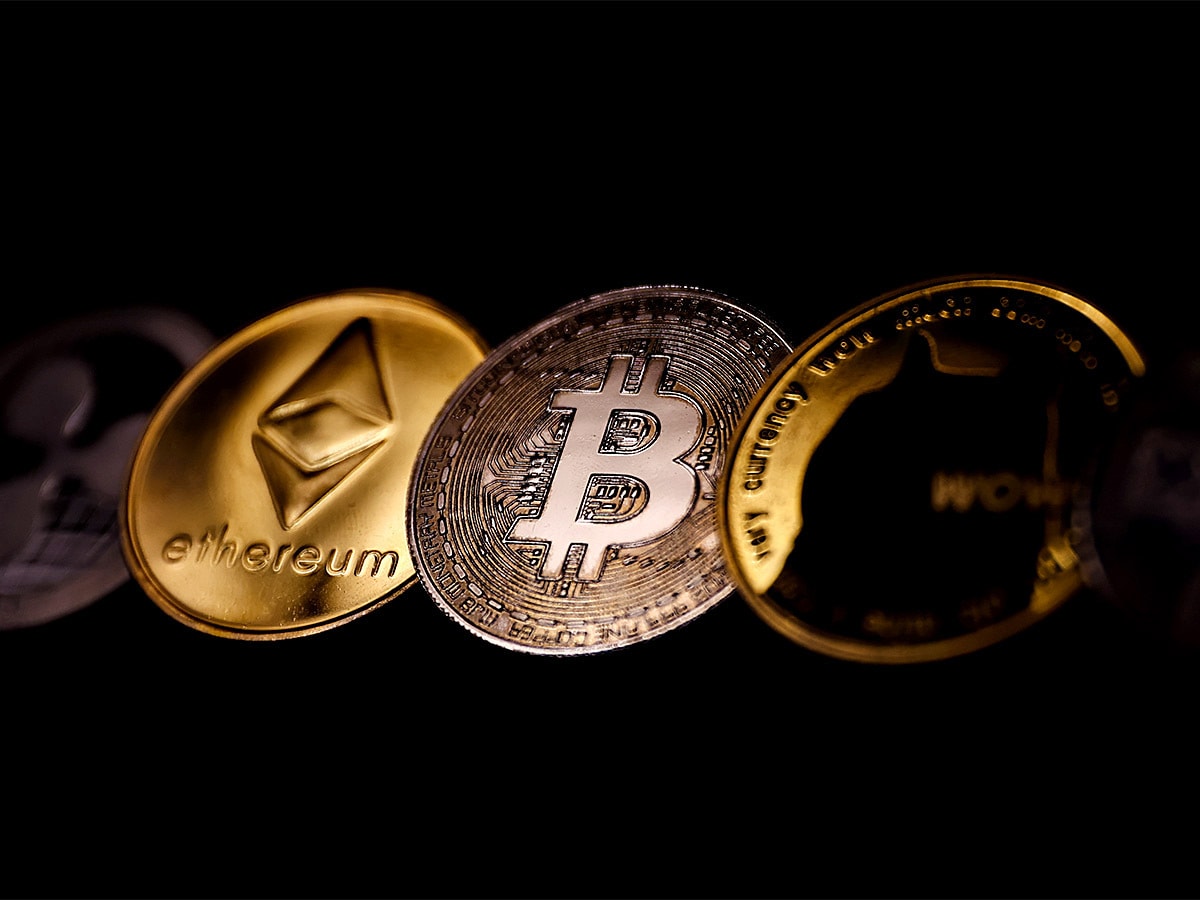Bitcoin has soared so far in 2023, but now data points to an impending correction. Notwithstanding this possibility, the jury is out on how tighter US regulation will impact the crypto market.
- Mixed outlook on whether crypto will maintain growth or see short-term bearishness.
- Bitcoin is up 35% year-to-date, though February was slower than January.
- Proshares Bitcoin Strategy ETF up by a third this year.
Bitcoin [BTC-USD], like the crypto market more generally, has seen an encouraging two months. However, previous patterns suggest that investors will face a loss in the near future.
During January, the leading cryptocurrency soared 39%, but growth slowed to just 2% in February, according to data compiled by Bloomberg.
Since the token’s lows in 2020, there have been five similar occasions where Bitcoin climbed across two months, with smaller gains in the second. In four out of five cases, the following month registered an average decline of 5.8%.
Meanwhile, a wider crypto crackdown in the US could hit the sector as regulations tighten up following the collapse of the FTX exchange last year. Most recently, the US Securities and Exchange Commission has been investigating the online trading platform Robinhood [HOOD], issuing a subpoena at the end of February.
Nevertheless, cryptocurrencies still appear to be thriving. Bitcoin is trading up 34.8% in the year-to-date, to $22,237.64; Ethereum [ETH-USD], the second-biggest token in terms of market value, is up 30.2%, to $1,561.93.
Bearish short-term outlook?
Bitcoin could level out close to its 50-day moving average of $21,563.09, far beneath its all-time highs of $68,000-plus peaks in November 2021, but a significant improvement on its $16,500 value at the end of December 2022.
However, Katie Stockton, founder of research firm Fairlead Strategies, recently wrote there might be a “bearish short-term bias” for Bitcoin. She said Bitcoin failed to “break out” above the key threshold of $25,200, the peak of its bounce late last August.
The collapse of FTX wiped at least $1bn off the crypto market. Meanwhile, on top of tighter US regulations, high-interest rates have bruised blockchain.
Noelle Acheson, author of the newsletter Crypto Is Macro Now, isn’t surprised that the price of crypto is correcting amid factors such as a stronger dollar and higher interest rates.
Similarly, James Butterfill, head of research at CoinShares [CS.ST], told CNBC: “The prospect of looser monetary policy off the back of weaker macro data and low valuations” is responsible for Bitcoin’s January rally.
Crypto theme still requires nerve
Crypto is often regarded as risky—rightly, some would say, considering currencies lost about $2trn during 2022. The collapse of the FTX exchange in November, once valued at up to $32bn, was a key upset, severely knocking investors’ confidence in blockchain.
Through last year, Bitcoin lost more than 60% of its value, while Ether lost 67%. Solana [SOL-USD] crashed by 93%, as did AMP [AMP-USD].
Thus, while 2023 started in an optimistic vein, the outlook is mixed.
According to on-chain aggregator Santiment, so-called “Bitcoin Whales”—larger investors in the token—were buying again, holding up to 10,000 BTC, though its recent reports suggest the overall number of whales is falling.
China’s reportedly softening stance towards cryptocurrencies, which it had previously banned, might also shore up the sector.
For now, opinion is divided on which way things might fall. Matthew Sigel, head of digital assets research at VanEck, has said he sees Bitcoin sinking as low as $12,000 this year thanks to higher energy costs.
Energy could indeed represent a meaningful concern: following a series of recent power outages at Solana, its stock fell by 3%.
Elsewhere, however, a New York Federal Reserve report suggested crypto’s performance may not be closely linked to macroeconomic events, with some even calling it a safe-haven asset.
Funds in focus: Proshares Bitcoin Strategy ETF
The Proshares Bitcoin Strategy ETF [BITO] offers exposure to the CME Bitcoin Futures Non-Equity Index rather than specific companies that track bitcoin.
The fund is up 32.2% year-to-date but down 4.3% in the past month.
Last week on the Opto Sessions podcast, Christopher Mellor, head of EMEA ETF equity and commodity product management at Invesco, spoke at length regarding the Invesco CoinShares Global Blockchain UCITS ETF [BCHN.L], which is a good example of an ETF offering exposure to blockchain across a variety of sectors beyond Bitcoin.
The fund is up 12.3% year-to-date but down 8.4% in the past month.
Another ETF with exposure to crypto- and blockchain-related companies is the Global X Blockchain ETF [BKCH], which holds companies including the crypto platform Coinbase [COIN] and Block [SQ]. Year-to-date, BKCH is up by 48.1% but down 14% in the past month.
Continue reading for FREE
- Includes free newsletter updates, unsubscribe anytime. Privacy policy





